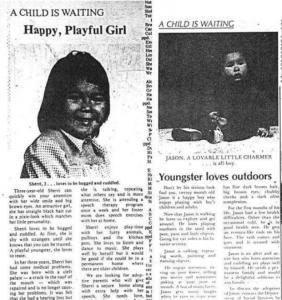On July 13, 2017, a case which involved slip and fall claim was dismissed by Supreme Court of Nova Scotia. According to the decision document, the main reason of dismissing was the lack of key evidence.
The case was heard on May 31 and June 1, 2017. However, the incident happened in seven years before.
Halifax was hit with a major winter storm on the night between February 16 and 17, 2010. After the storm, Jean Andrea Flowers visited the Wal-Mart Store in the Halifax Shopping Centre with her partner. Flowers fell down and injured herself when she was leaving the store.
As a result of that, she wanted to sue OPB Realty and Allterrain Contracting Ltd. for liability. OPB Realty is the owner of Shopping Centre, and Allterrain has the responsibility for cleaning maintenance.
In an emailed statement, Michelle Kelly, the defendant’s lawyer pointed out that other than the plaintiff, there was no one who could testify on behalf her client, and there was no video tape of the incident.
In addition, the evidence that Flowers showed to prove that the walkways were not sanded or salted was inconclusive.
“So, there was no liability found on the part of the defendants, i.e. in law they were not responsible for the slip and fall.” Kelly says.
Flowers and her lawyer didn’t reply to requests for interviews.

William Lahey, law professor of Health Law Institute of Dalhousie, says these cases are difficult to prove.
“The first point is that in a negligence case, the plaintiff has to show that the injury was caused by the carelessness of the defendant,” Lahey says. “And in this case, there’s nobody in court can testify that they filled in the document based on their first-hand knowledge or reliable second hand knowledge of what the condition of the walkway actually was.”
Slip and fall cases are very common in Canada. They are considered as in the field of tort law.
Lahey thinks that in most tort cases, defendants win more than plaintiffs, because finding conclusive evidence is the biggest problem for plaintiffs.”The law puts the burden of proof on the plaintiff, meaning the person who is injured…” Lahey says. “…Defendants don’t have to show anything, the burden is on the plaintiff to show defendants’ carelessness as the injury.”
Interview audio clip:







